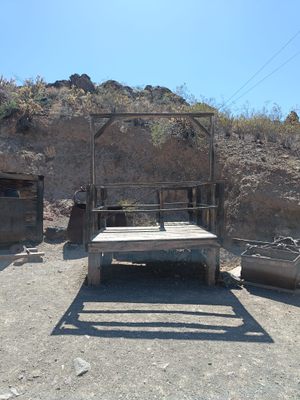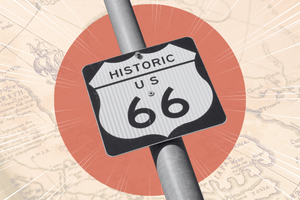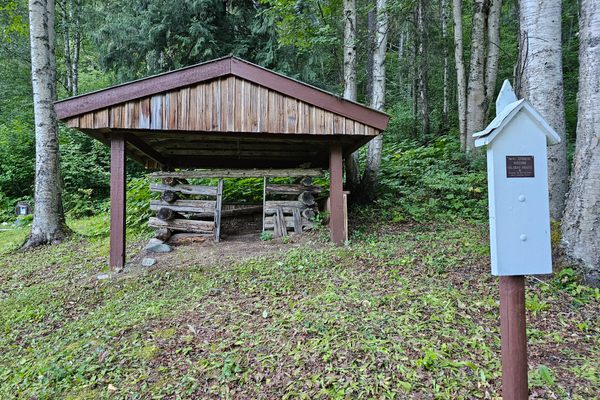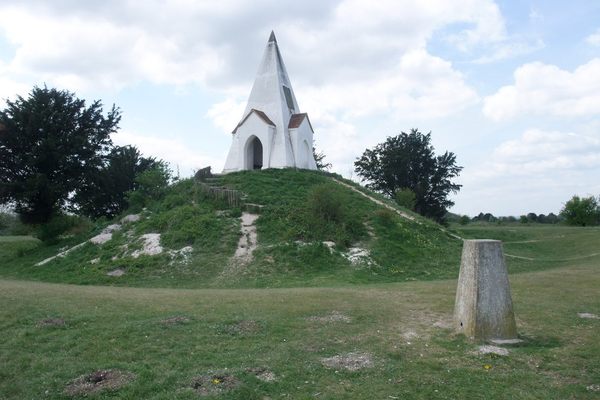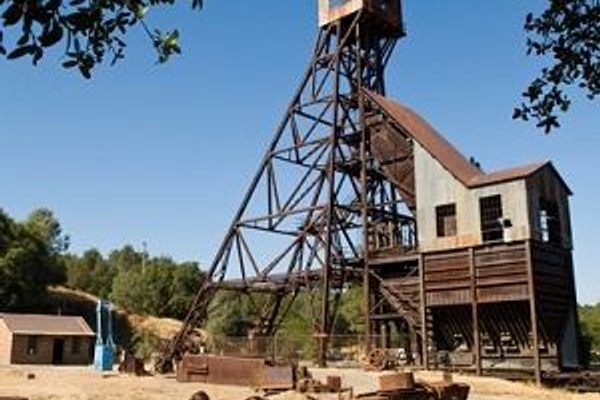About
The American west is full of abandoned ghost towns. However, a ghost town can come back to life on rare occasions when its location becomes relevant again. Sometimes this is caused by a highway constructed nearby, but in this case, it is due to a large population of feral donkeys.
The town was formed in the mid-19th-century, starting out more as a camp than a town, only growing out into a proper settlement in the early 20th-century after gold was discovered. The town's population grew from a few people to over 3,000 in the course of a year. It functioned as the largest gold producer in the American west for about a decade. The town is named after Olive Oatman, who was famous for being abducted and enslaved by Native Americans in the mid-19th century. The bar still bears her name, as well as her portrait.
After the gold rush, the people left and the town died out, with most of its inhabitants being burros that were used to haul things around for prospectors. The donkeys were released and became feral. For about half a century, nobody cared about the town until it was re-enhabited by a small community who turned it into a tourist attraction centered around Oatman's persona and the burros.
Visitors can find many small museums that show the inside of the jail and a sample mine tunnel. There is also a saloon.
The burros still inhabit the town and while burro food is available for purchase at many of the shops, proceed with caution: they are not domesticated.
Related Tags
Know Before You Go
The town is along the historic route 66 and accessible via a 2-wheel drive car. The feral burros can be hostile toward pets, so visiting with pets is not advised.
Community Contributors
Added By
Published
June 22, 2022
